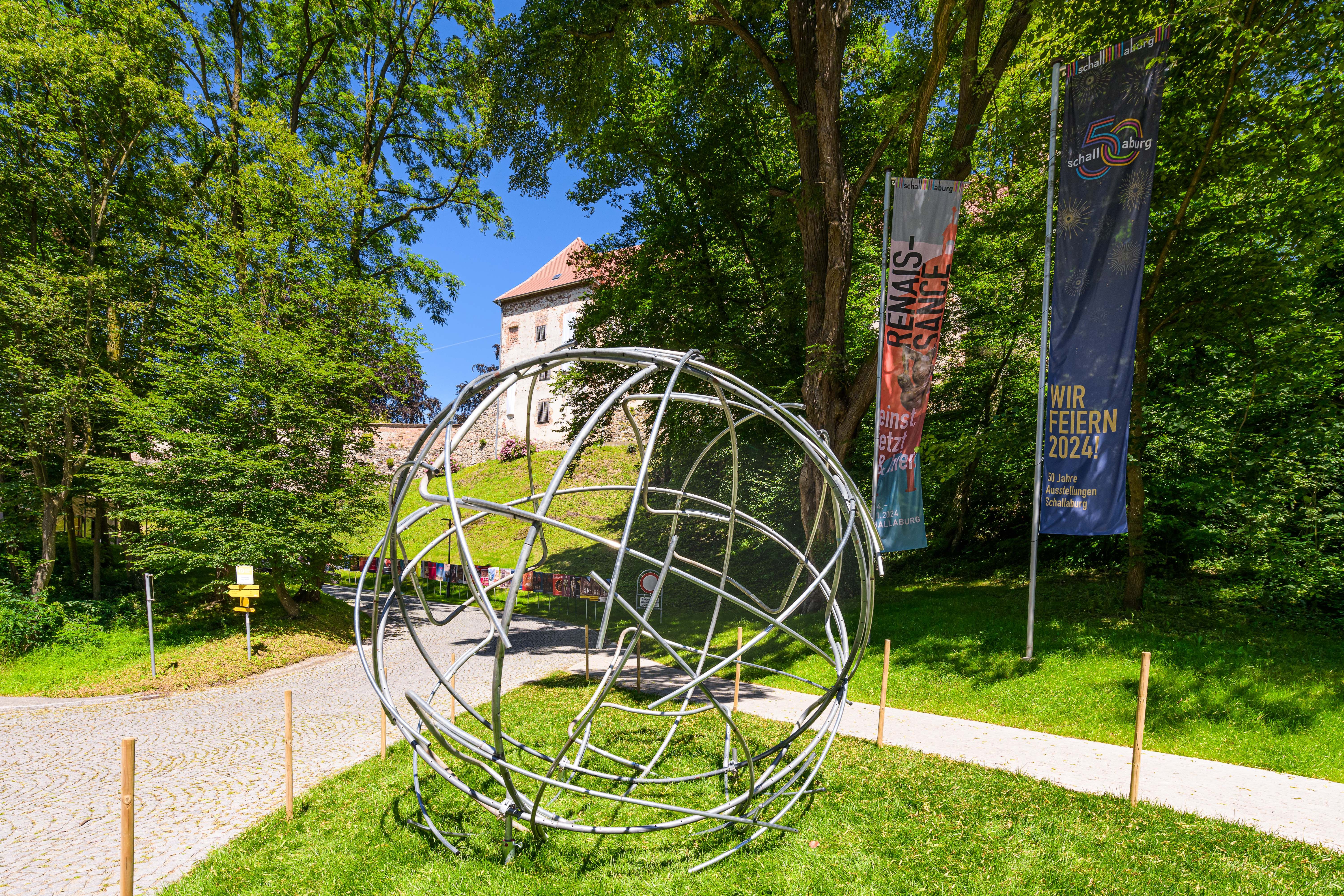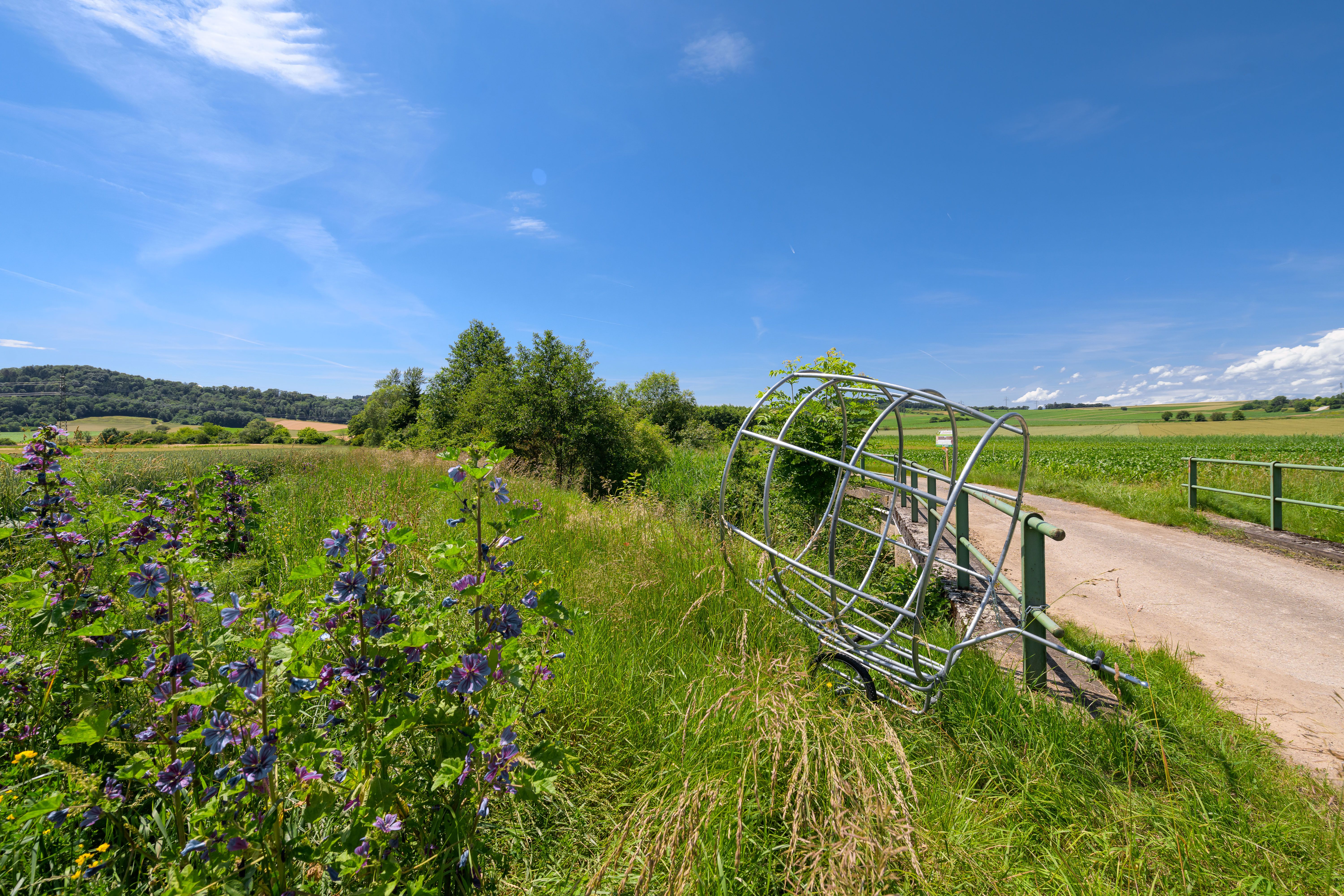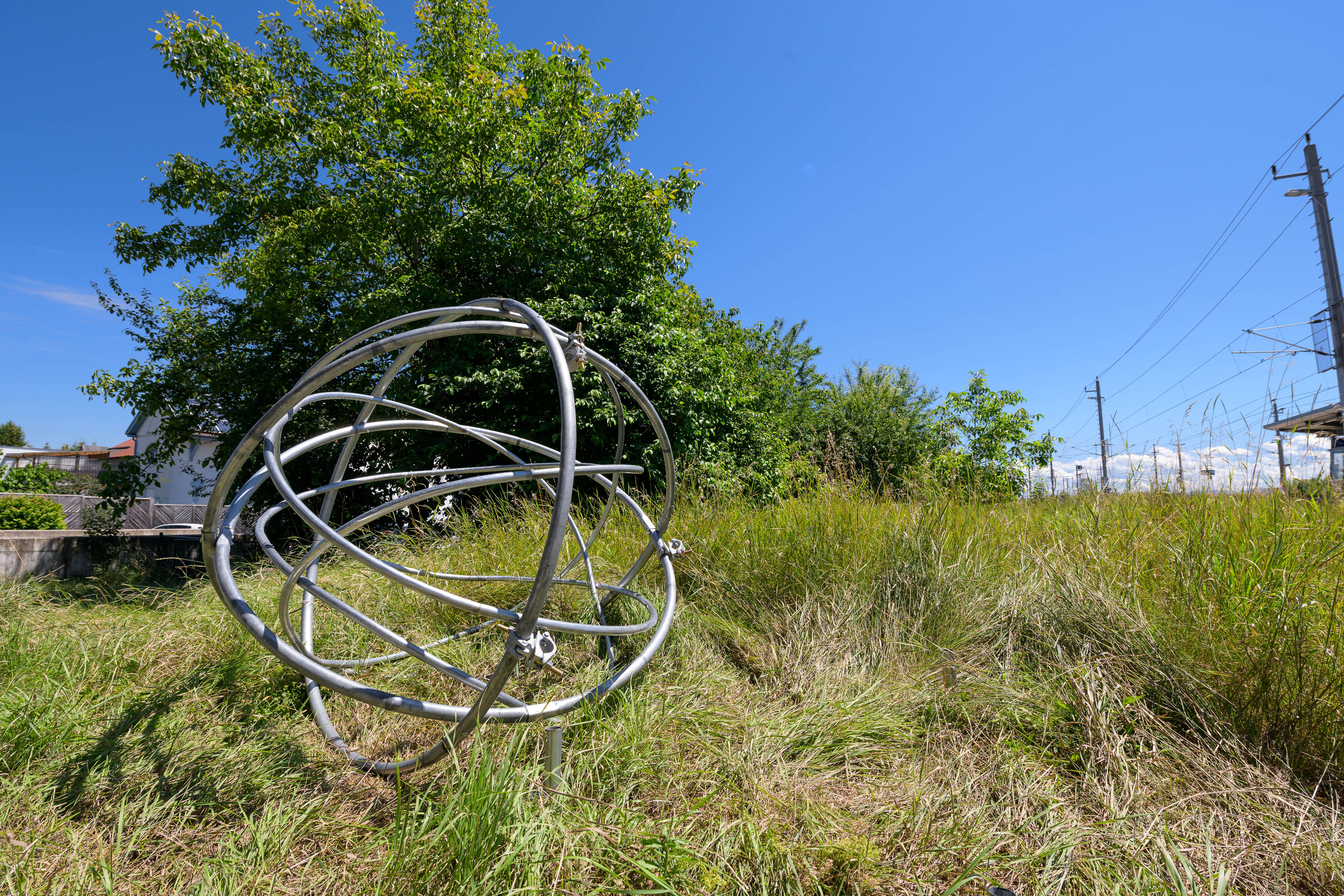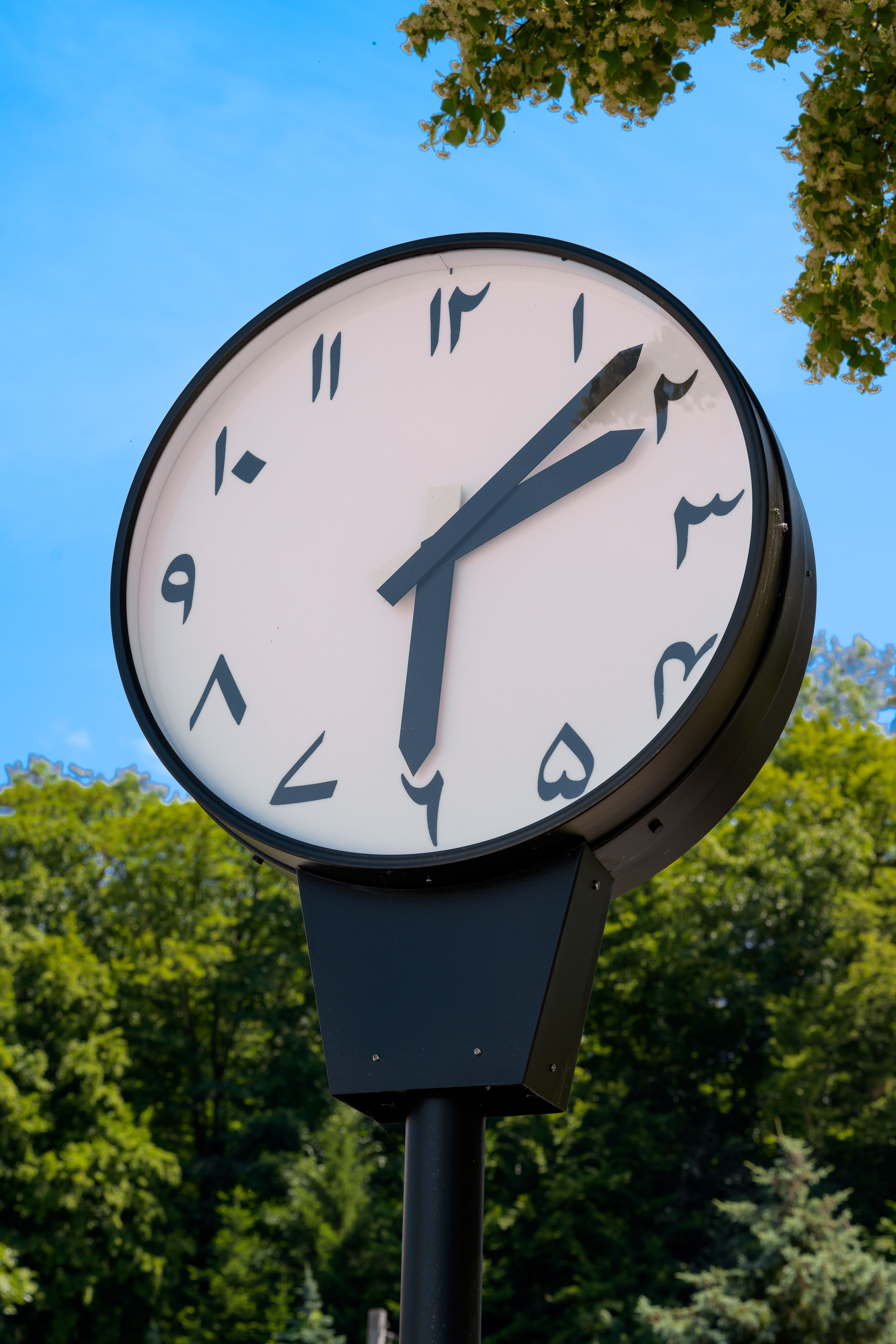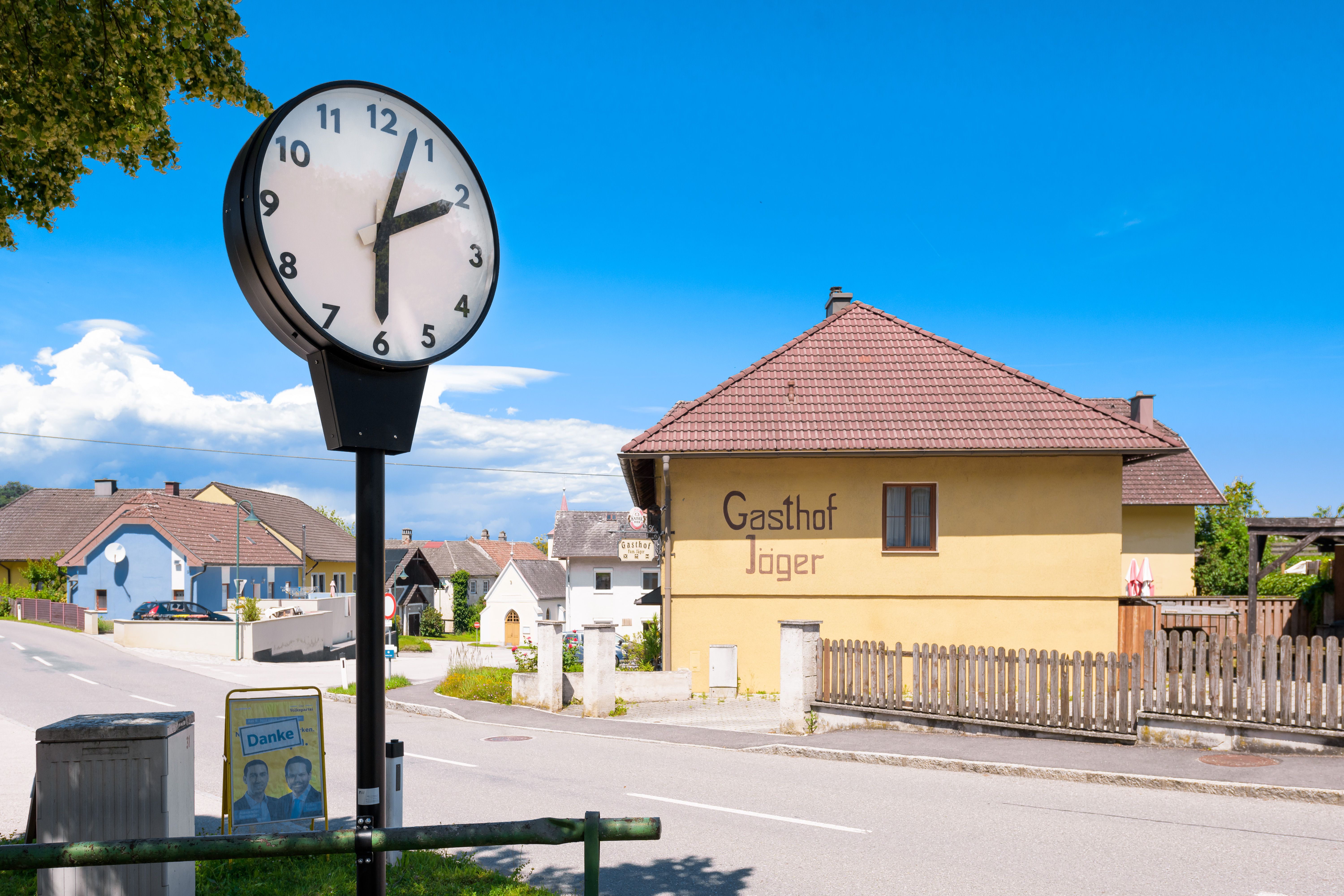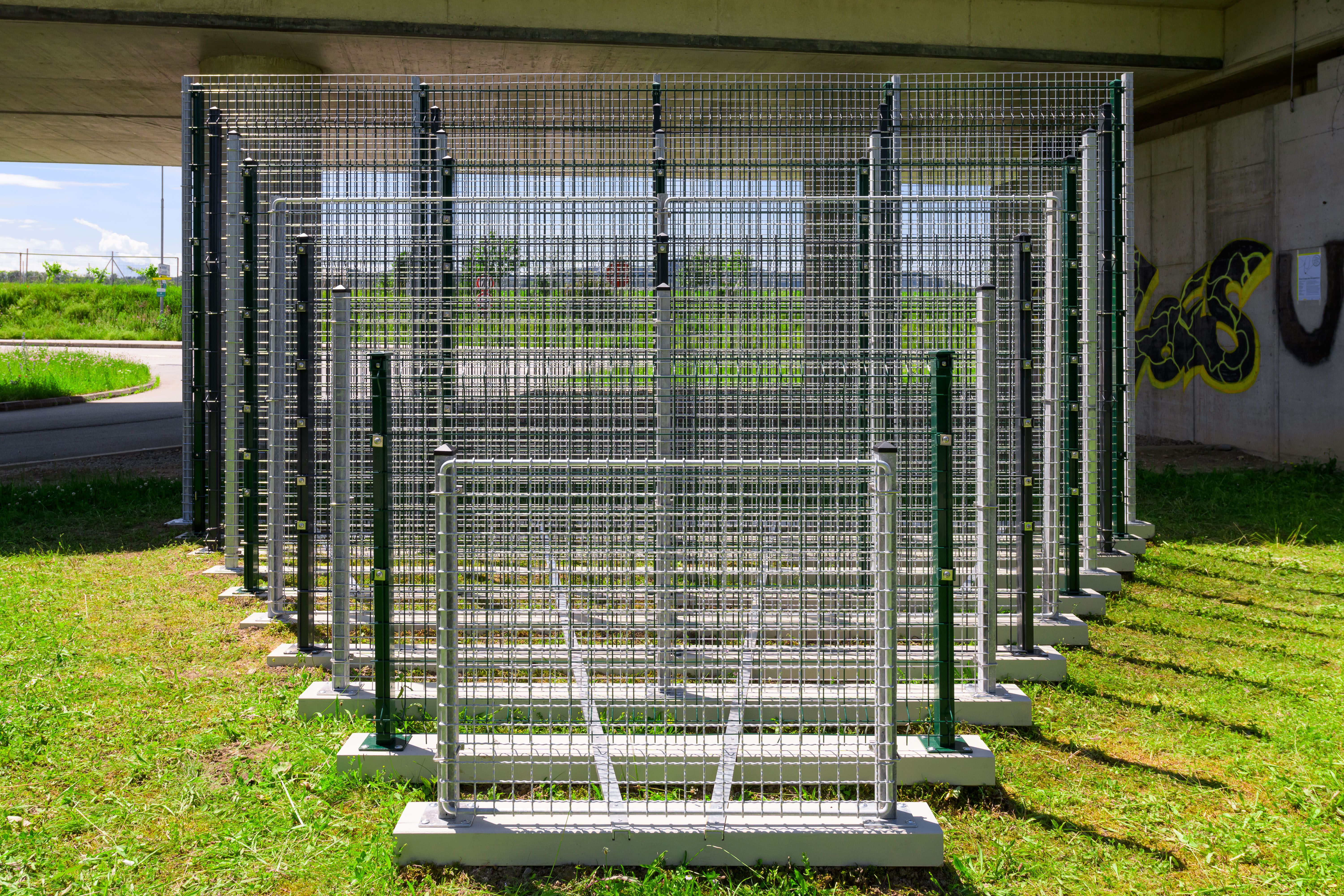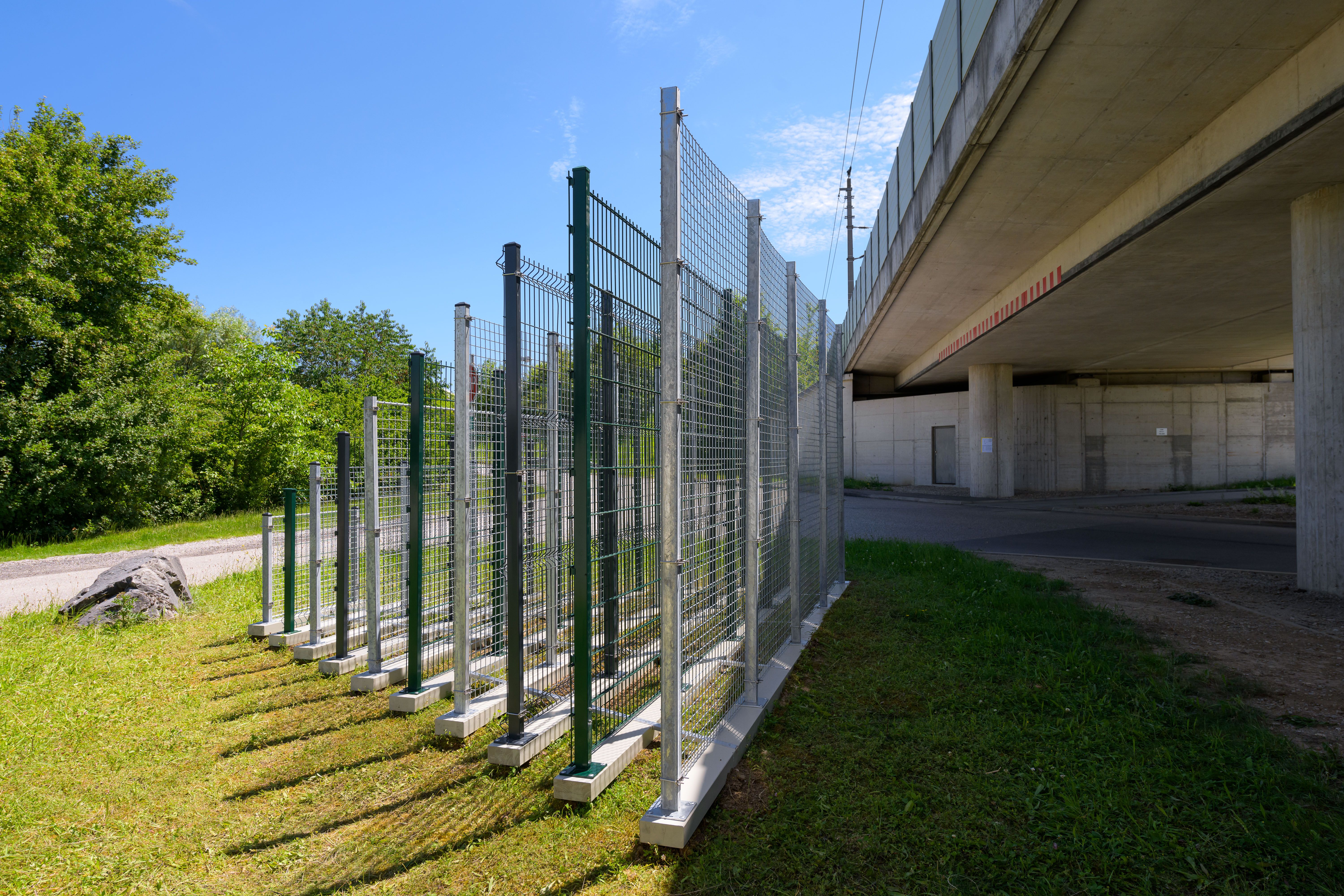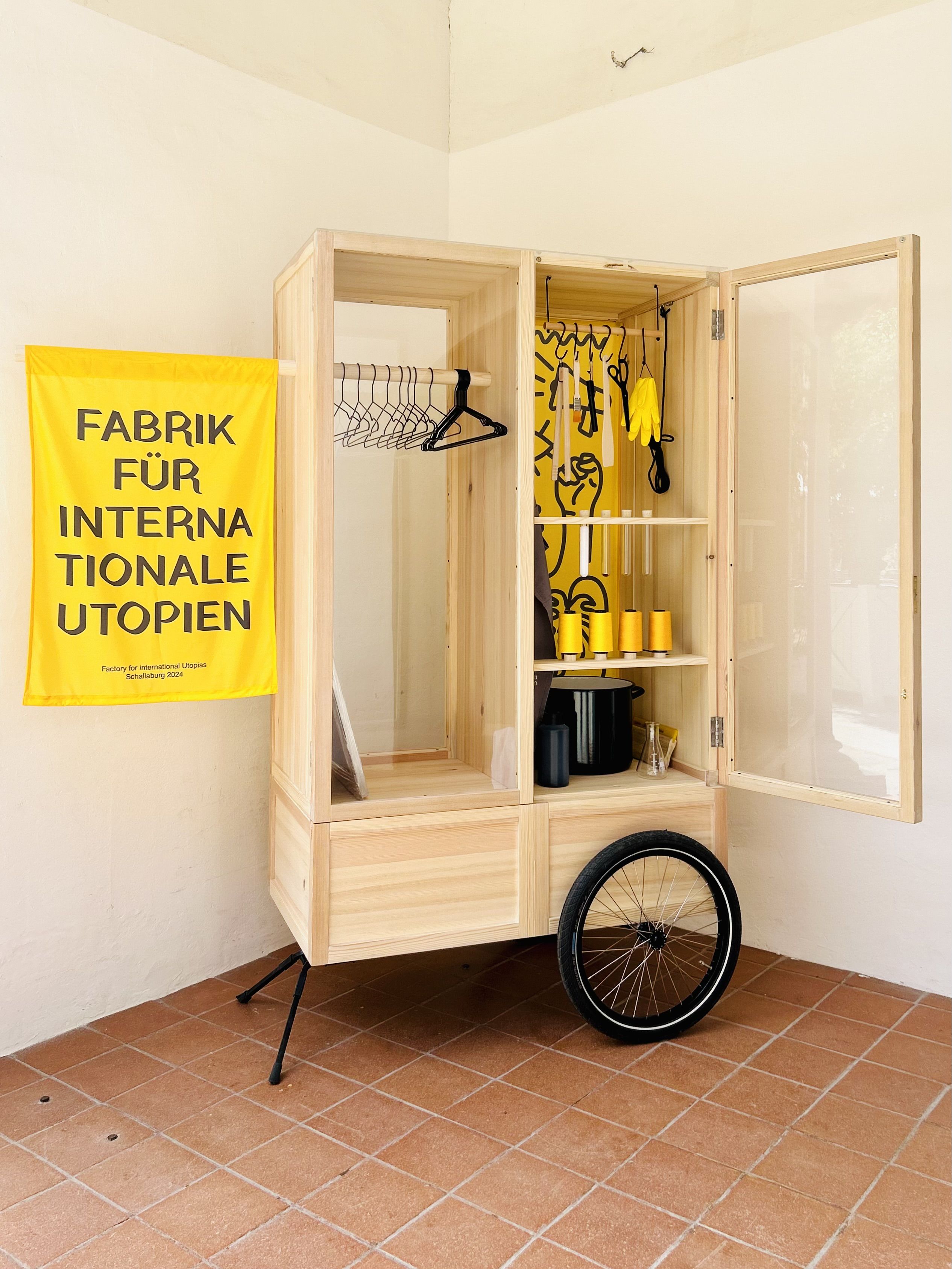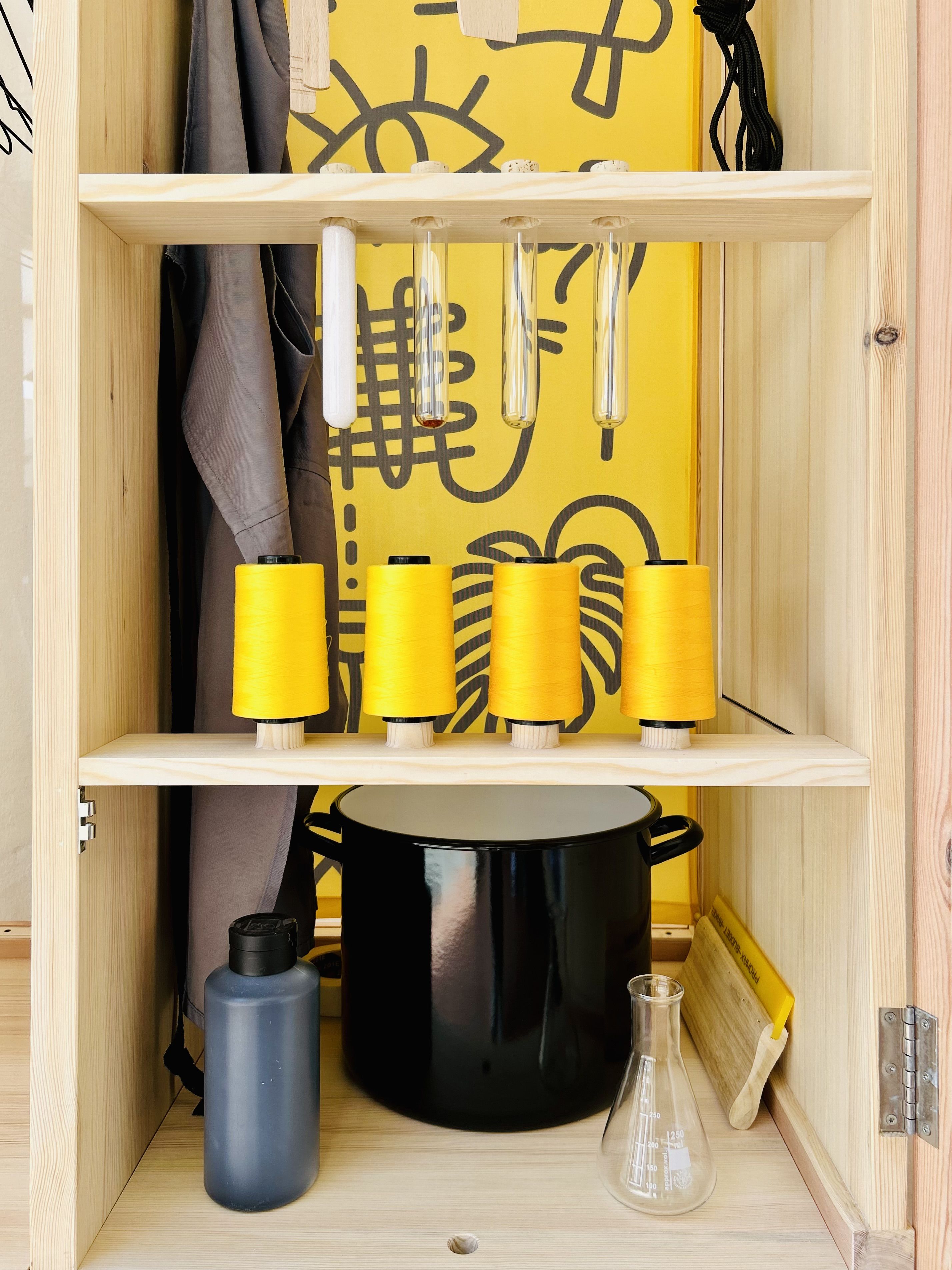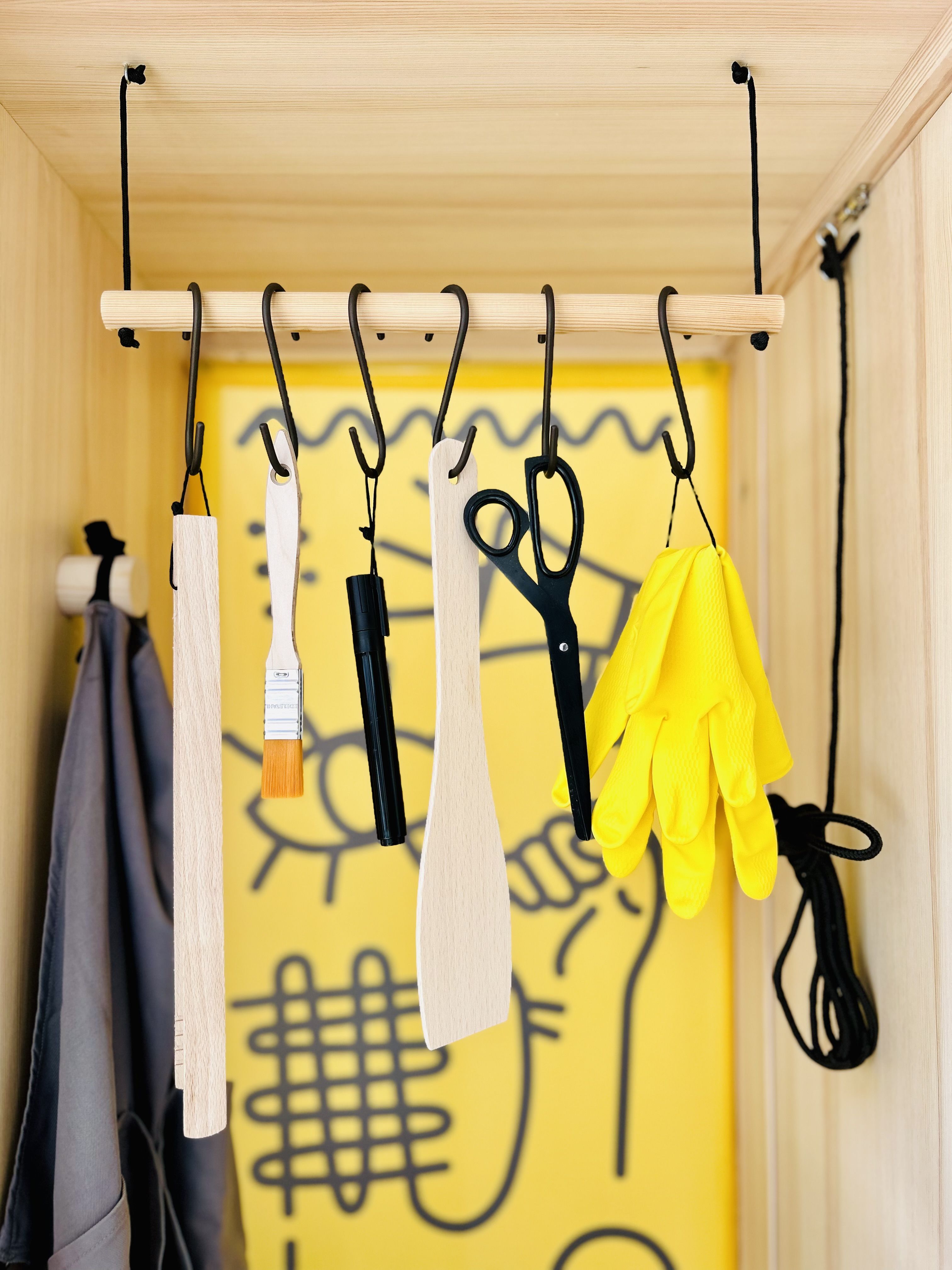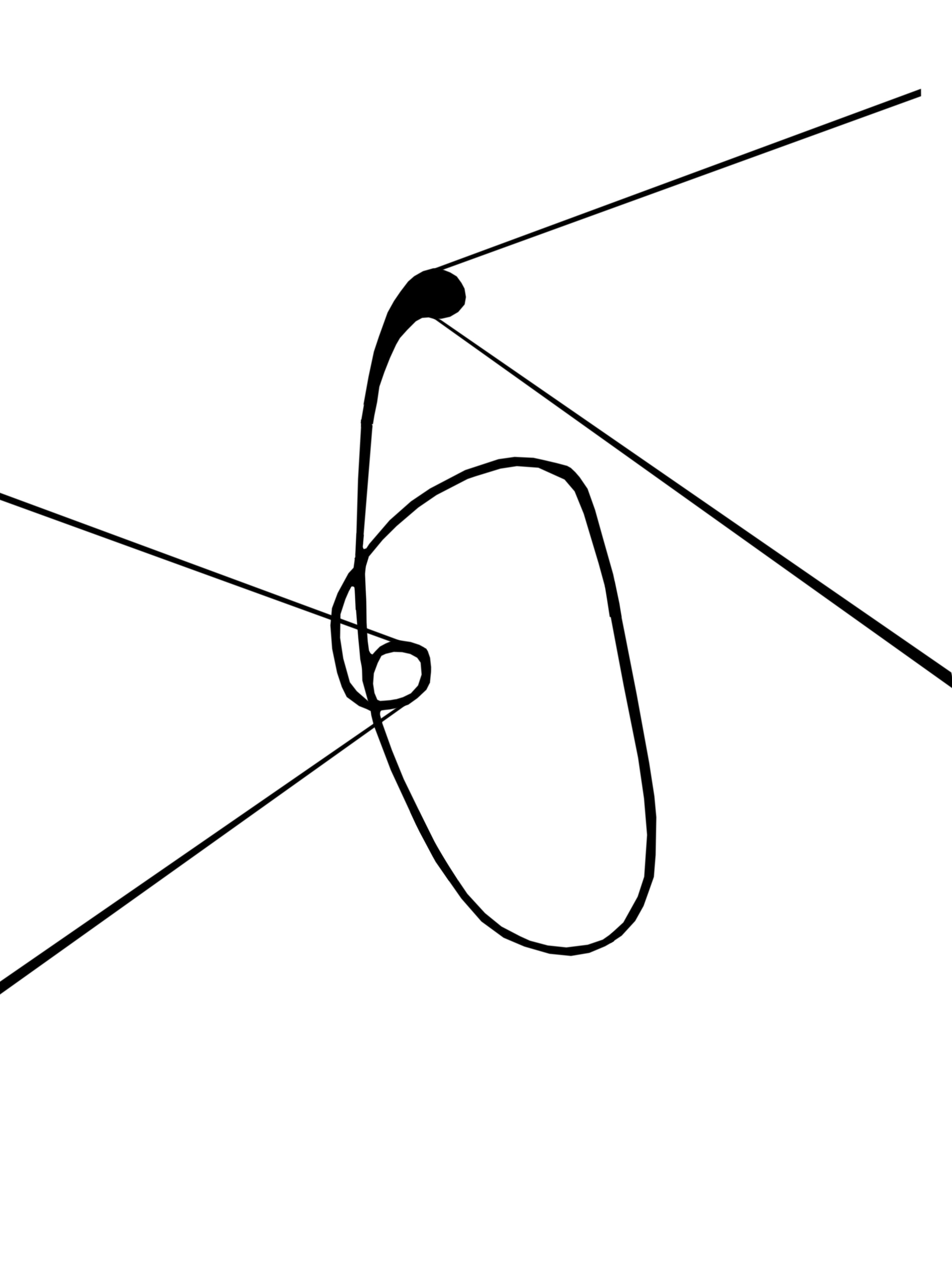Eine Frage der Perspektive (A Matter of Perspective)
BackArtists
- With
Information
Eine Frage der Perspektive ( A Matter of Perspective) – Public Art Path between Loosdorf and Schallaburg Castle.
curated by Lendhauer Association, with site specific works by: Natalie Deewan, Markus Hiesleitner, Hanno Kautz, Nataša Sienčnik und zweintopf
As part of the anniversary exhibition RENAISSANCE einst, jetzt & hier (RENAISSANCE. Then, now & here) at Schallaburg Castle, visitors will be able to enjoy a public art path between Loosdorf and Schallaburg Castle. Curated by the Verein Lendhauer (Lendhauer Association), it addresses different aspects of linear perspective, which was a central artistic element of the Renaissance.
We regard the Renaissance as an era of new beginnings and rediscoveries that was defined by self-confidence and a focus on the individual. It also spawned revolutionary developments in art, such as linear perspective as a new way to represent three-dimensional space in pictures. This changed our view of the world. At the same time, capitalism as an economic and social system was in its beginnings and would go on to have a fundamental impact on people’s lives, while the search for new worlds broadened our knowledge of botany, fauna, and other cultures.
Linear perspective is based on scientific systems that represent the world as something that can be measured and categorized. This understanding not only influenced art; it also established a “Western view.” Although the Renaissance has long been held to be the pathbreaking benchmark for innovation and artistic relevance, on the flipside, it cemented a hegemonic, Eurocentric self-image that still defines our perspective of the world to this day.
The artistic projects in Loosdorf, Anzendorf, and at the foot of Schallaburg Castle explore the achievements of the Renaissance, while also considering parallels to the present time and hinting at possible future scenarios. The artists Natalie Deewan, Markus Hiesleitner, Hanno Kautz, Nataša Sienčnik, and zweintopf address its more ambivalent aspects of rationalization and problematize its focus on the individual as a subject. The installations are meant to broaden our view and put new narratives to the test.
Verein Lendhauer
A project of the Department of Art and Culture/Public Art Lower Austria in collaboration with Schallaburg Kulturbetriebsges.m.b.H
Our sincerest thanks to the Town of Loosdorf, the Town of Schollach, the Kulturverein Loosdorf (cultural association), the Dorferneuerungsverein Anzendorf and Dorferneuerungsverein Roggendorf (associations for village renewal), Gasthof Jäger, Dorfwohnzimmer Roggendorf (village “living room”), as well as everyone involved.
The Verein Lendhauer (Lendhauer Association) curates contemporary public art installations that inspire people to reflect on regional and global issues. Team: Morena Bignotti, Andrea Hlatky, Sandra Hölbling-Inzko, Hanno Kautz, Janine Schemmer, Matthias Wieser. lendhafen.at
Contributors
- Kuration
Contributions
Accompanying program (in German):
Saturday, July 6, 10 a.m.: Guided tour with the art educator Marcel Chahrour (Schallaburg),
start: Loosdorf train station
Friday, July 12, 7.30 p.m.: “Übers Land reden” (Talking About the Countryside). Conversation with Markus Hiesleitner and guests about work, nature, and living on the countryside, at Dorfstadl Schollach.
Moderator: Wolfgang Schlag
Wednesday, July 31, 7.30 p.m.: Simultaneity Reading Part 1 with Natalie Deewan, Gasthof Jäger, Anzendorf, Das Phänomen Gleichzeitigkeit in der Literatur (The Phenomenon of Simultaneityin Literature)
Friday, August 9, 2 p.m.: Performance by Nataša Sienčnik, Kunst Werk Tage Schallaburg (art work days). Printing and sewing workshop with handmade textiles (entrance fee)
Saturday, August 24, 2 p.m.: Guided tour with the curators, start: Loosdorf train station
Saturday, August 31, 2 p.m.: Performance by Nataša Sienčnik, Marktfest Loosdorf (market festival). Printing and sewing workshop with handmade textiles
Thursday, September 5, 6.30 p.m.: Simultaneity Reading Part 2 with Natalie Deewan, Gasthof Jäger, Anzendorf, Das Phänomen Gleichzeitigkeit in der Literatur
Saturday, September 7, 2 p.m.: Guided tour with the art educator Marcel Chahrour (Schallaburg), start: Loosdorf train station
Registration: koernoe@noel.gv.at
Natalie Deewan
Gleichzeituhr (West-Eastern Clock)
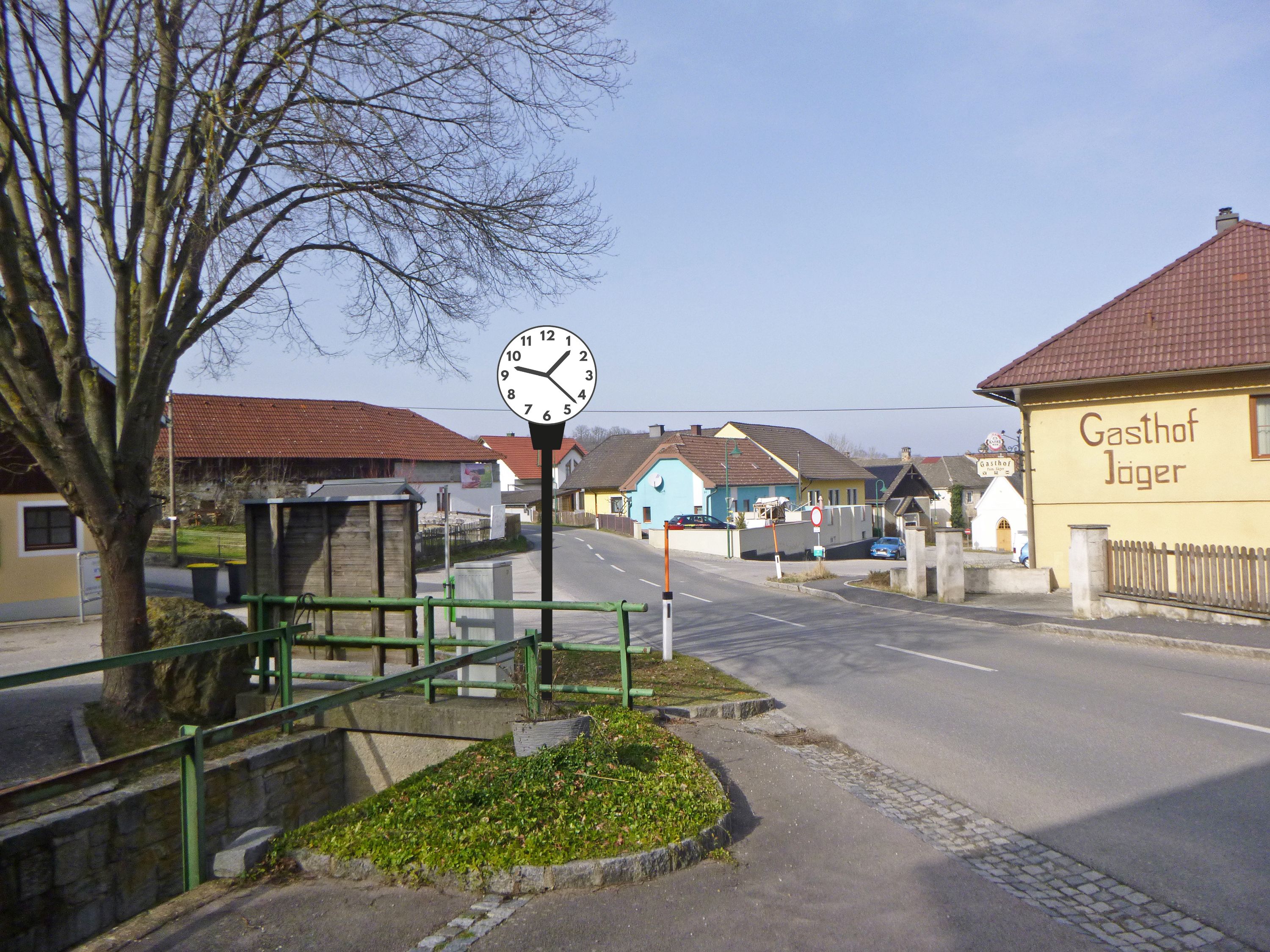
Back-lit, double-faced analogue clock
Across from Gasthof Jäger, Anzendorf 18
At a very busy spot near Schallaburg Castle—the intersection in Anzendorf located between the fire station, the municipal builder’s yard, the Anzendorf farm store, and the Gasthof Jäger restaurant— Natalie Deewan has set up a “Gleichzeituhr” (West-Eastern clock). On one face of the clock are the West Arabic numerals we are familiar with in Europe; on the other side are the East Arabic numerals. Both sides show local Central European Time as well as West Asia Standard Time, which is four time zones ahead and is used in Pakistan; the central Asian countries of Tadzhikistan, Uzbekistan, and Turkmenistan; part of Russia reaching to the Caspian Sea, as well as the Maldives. The simultaneity is created by two joined hour hands moving forward continuously with the hands at an angle of 120 degrees to each other.
In the middle of the Lower Austrian landscape, Deewan creates a simultaneity between the here in Austria and the now in Pakistan, Uzbekistan, and Turkmenistan. Visually connecting the two time zones broadens our Central European linear perspective to include another global presence, which “we here” are now linked to more than ever.
Natalie Deewan searches for and finds language solutions, while practicing pure, real, and applied literature in the urban and rural, as well as public and publicized realm. heterotypia.net
Markus Hiesleitner
Steppenroller (Tumbleweed)
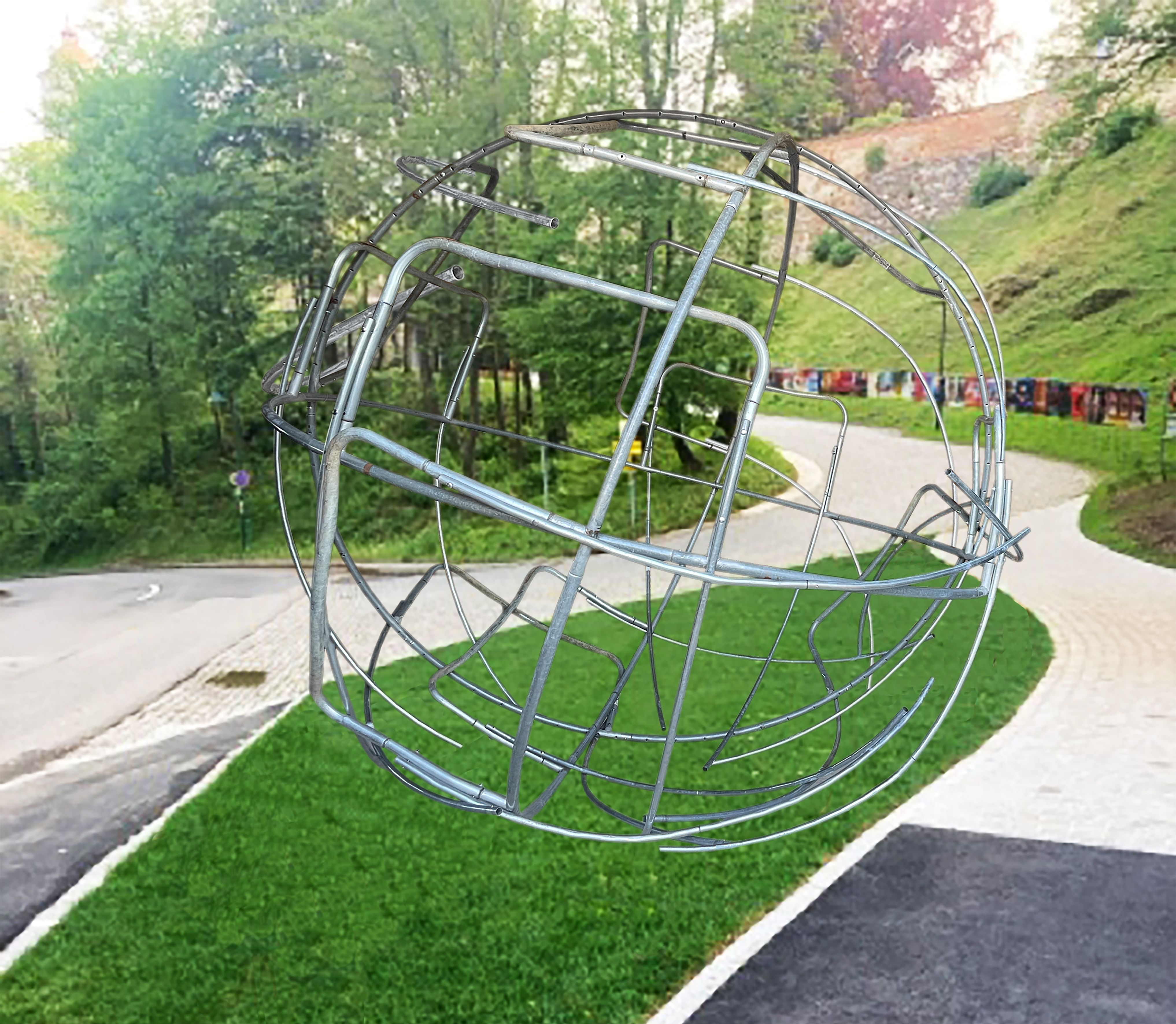
3 (mobile) sculptures
Loosdorf train station / bridge between Roggendorf and Anzendorf / at the foot of Schallaburg Castle
We are familiar with tumbleweeds from Western movies in which they symbolize abandoned places and desolate desert-like landscapes. Because of rising temperatures, dryness, and draught, these types of plants are wandering further and further north and will be growing here in larger numbers in the future.
Hiesleitner’s Steppenroller (Tumbleweed) is a group of collages made of the metal rods taken from discarded trampolines, pieces of silage film, and wire mesh fences: materials that define the appearance of the immediate surroundings. The artist translates natural tumbleweeds into mobile “mechanical Renaissance plants” that refer to our individual behavior as consumers as well as what consequences this can have. Our prosperity today is based on the intensive use of nature, and its exploitation has effects on people and the environment all over the world. The tumbleweeds remind us that global interrelations, capitalism, and colonialization began during the Renaissance. They invite us to reflect on our treatment of nature and the traces we leave in it.
In his eco-political sculptures and installations, Markus Hiesleitner explores the relationship between people and nature as well as the interaction between ecological cycles and political, social, and economic structures. hiesleitner.com
Hanno Kautz
Are you still in the center?

Interactive installation
Fire pond at the foot of Schallaburg Castle
A mirror and letters whose meaning oscillates invite the visitors of Schallaburg Castle to question and broaden their understanding of themselves and their environment. During the Renaissance, the world order that seemed ordained by God began to crumble. The focus of artistic representations and of thinking in general was increasingly trained toward the individual as a free being. Today, social networks offer an easy way to stage yourself as the center of a digital world and present yourself with all your unique personal features.
The installation in the fire pond of Schallaburg Castle asks the question: What should we focus on in the future? Individual development and personal goals, being the most successful version of ourselves, or a strong communal society that strives to solve the manifold global challenges through acts of solidarity?
ME or WE—that is the question. Regardless of the answer, the reflection on the water’s surface shows that the individual and society are inseparably connected in a reciprocal relationship.
In his works in the public and semi-public realm, Hanno Kautz uses light as an artistic element to explore spaces and create a place for coming together, meeting people, and inspiring a dialogue. hannokautz.com
Nataša Sienčnik
Fabrik für internationale Utopien (Factory for International Utopias)

Interactive installation
Courtyard of Schallaburg Castle and changing locations (see program)
During the Renaissance, an important economic and social system evolved: capitalism. Today, global trade has an impact on people and the environment. Nataša Sienčnik’s project focuses on the prototypical global aspects of textile production as well as the working and living conditions connected with it. The artist is embarking on a journey in and around Schallaburg Castle with a bike trailer that is designed as a mobile workshop for the production of utopias. The workshop is a piece of furniture that refers to the archetypical Renaissance cabinet and contains hand-made flags as well as tools for dying, sewing, ironing, and writing on fabric.
The pieces of textile, which are died in shades of yellow—the Lower Austrian Danube region was well-known for cultivating high-quality saffron—can be seen in the tradition of banners in civil society and offer room for utopian visions in the form of texts and drawings that we can write on the flags we want to fly. The results are ephemeral objects that show a feminist perspective of themes like (care) work, the division of time, and social structures, while also providing a space for new utopias. The Factory for International Utopias will appear at different locations, where visitors are invited to create their own utopias.
Using different media, Nataša Sienčnik works with phenomena of being here, there, and elsewhere as a way to explore social, political, and cultural questions of our present time. natasasiencnik.com
zweintopf
Das kleine Zaunstück (The Small Piece of Fence)
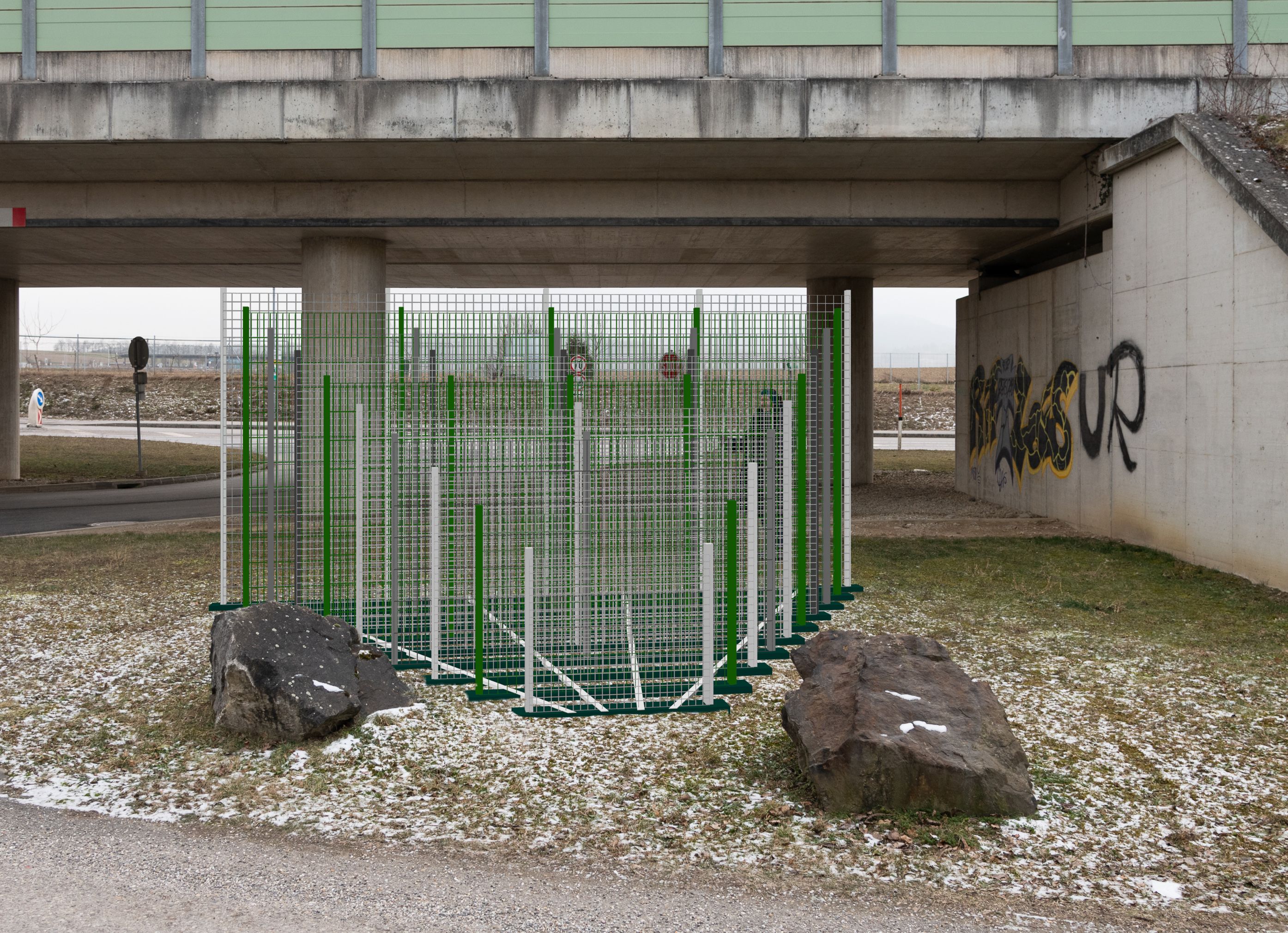
Installation made from different fence materials
Railway underpass between Loosdorf and Roggendorf (Kirchenw./Südstr.)
A house, a car port, a lawn—and a fence all around it: If we look at the Austrian cultural landscape, we will find us locked in a pattern of living that is defined by capitalism. When humans as individuals became the main focus for the first time about 500 years ago, they began to distinguish themselves in their role as highly motivated administrators of their own (small) happiness. As personal property, colonization, and global conquest spurred the ambition of individuals, what was conquered had to be demarcated. Linear perspective can be understood as a visual translation of this process of individualization. The work refers to the technique of rendering perspective using a grid. Leon Battista Alberti explained this for the first time in his treatise De Pictura (1435) as a means to represent space on a two-dimensional surface by focusing on a vanishing point.
The artist duo borrowed the idea of the superimposed grid. However, they take an entirely different perspective that is by guiding our view through ten different sections of fence. The variety of materials and types of grid patterns overlap to form a dense mesh that slowly but surely makes it impossible to see what is essential.
Eva Pichler and Gerhard Pichler have been working with the poetry of trivial things under the name zweintopf since 2006. They explore codes and symbols of everyday and public life and are always on the lookout for the characteristic element of absurdity that is inherent to all human endeavors. zweintopf.net
